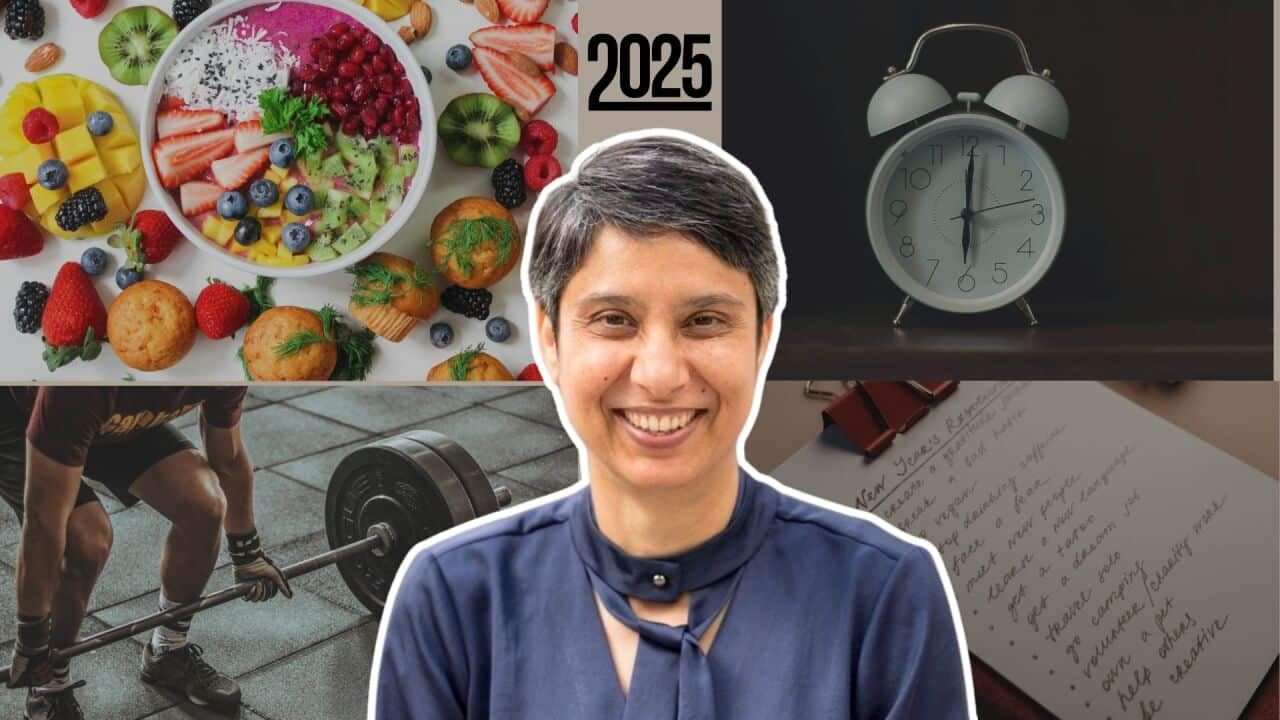Simran*, an international student from India, had to take the English language proficiency test 67 times before she could achieve the score she needed to be eligible for permanent residency in Australia. She says this has cost her tens of thousands of dollars, two years of her time in Australia and a well-paying job.
“Until August 2019, passing the PTE (Pearson Test of English) had become the fulcrum of our lives. I’d study day and night and yet I couldn't attain my target. I had begun to feel that I was an utter failure and avoided social events,” says Simran who finally got the required result in August 2019.
Ironically, she coached students for PTE and the International English Language Testing System (IELTS) in India before she moved to Australia in 2013.
Having spent over $35,000 on coaching and test fees alone, it was only after her 67th attempt at the test that she could apply for her Australian permanent residency jointly with her husband who has been in Australia as a dependent spouse.
When she came to Australia, Simran pursued a master’s degree in accounting and worked on the side. The prospects of making Australia her enduring home looked bright. However, the bright ray of hope soon disappeared and dark clouds of despondency hung over her as she had to sit the English test over and over again.
“It occurred to me that perhaps because of my work, I was unable to devote all my time and energy to preparing well for PTE, so I quit my job,” says Simran, adding that the decision made the family's already tenuous financial situation even worse. Wanting to leave no stone unturned, she even travelled to India to prepare for the test.
Wanting to leave no stone unturned, she even travelled to India to prepare for the test.

IELTS measures the language proficiency of people who want to study or work where English is used as a language of communication. Source: IELTS
“Hats off to my husband, who never lost heart despite my repeatedly falling short in the test,” says Simran. "It felt nothing short of harassment at that time."
“Many of my friends are in the same situation, failing to understand why so many of us are unable to achieve the desired result in these tests. Only migrants like us know how we struggle to pay the fees,” she rues.
The fee for a single PTE or IELTS exam is $340.
Common concern
Simran is not an isolated case in a serpentine queue of former university students aspiring for an Australian permanent residency.
Depending upon their skills, Australian permanent residency aspirants are mandated to achieve a specified score in the English test to be able to lodge their application. However, passing these tests can often become a journey in itself, rather than a milestone in that journey - the be-all and end-all of the dream of many to become permanent residents.
Under Australia’s points-based skilled migration system, more points are awarded for higher English proficiency.
English language proficiency, measured in Australia by tests like PTE and IELTS, can get an applicant up to 20 points. SBS Punjabi interviewed 27 international students, most of whom say that their journey towards achieving this milestone has been the toughest.
The most common grievance they have is that they are unable to get the required score in IELTS or PTE even after several attempts, despite their English-medium education in India and a university degree in Australia.
Out of the 27 students interviewed, only one could attain the required outcome in the first attempt.
More and more students are now seen opting for PTE instead of IELTS, because they feel the former is more “objective” and “impartial” due reliance on an artificial intelligence scoring system, rather than human examiners. However, the Australian government treats both equally.
IELTS is tested on a scale of 0-9 ‘bands’ while the marking metric of PTE ranges from 0-90. Both tests are divided into four modules: reading, writing, speaking and listening.
'Merely repeating the tests won't improve the score'
Sasha Hampson, Pearson’s Head of English for the Asia Pacific, says “candidates are assessed based on their performance on the test day and their score is in no way connected to previous test attempts.”
She added that less than 1 per cent candidates have appeared for PTE more than 30 times. However, she declined to divulge the total number of applicants taking PTE, saying it was “commercially-sensitive” information.
Ms Hampson also highlighted that while there is no “pass or fail mark’ in PTE, typically a score of 65-79 is required for migration purposes in Australia.
Warwick Freeland, Managing Director of IELTS at IDP Education said, they encourage test takers to prepare well before sitting for it.
"The overwhelming majority of test-takers only sit IELTS once. If they do not get the score they require, they should stop and seek help from our team of experts to better understand their areas for improvement, rather than continually repeating the test expecting a different outcome,” he told SBS Punjabi. Mr Freeland also emphasised that it is imperative people take the time to understand the test format and prepare ahead.
Mr Freeland also emphasised that it is imperative people take the time to understand the test format and prepare ahead.

IELTS exam sheet Source: Alberto G. on Flickr
However, some candidates rue that the test format and scoring system are actually the stumbling blocks in the way of their success.
The 'test' of marriage
Kuldeep* dreamt of making Australia his home when he applied for admission to an Australian university in 2015. But the fulfilment of his dream remains on hold till he can achieve a PTE score which will enable him to apply for his PR.
Kuldeep completed his studies last year and has already attempted PTE 11 times. He says he doesn’t “understand” how PTE’s AI-based scoring system works.
“I usually score well in most modules but often miss the mark in one. When I go for a re-test, I’m shocked to see my poor score in the module in which I had scored well in the previous test,” says Kuldeep who is anxiously waiting to pass PTE so that he can lodge his PR application and then visit India to marry his fiancée.
“I’ve been engaged for nearly one year now. My fiancée’s family insists that our marriage can only take place after I get my PR, for which PTE holds the key. Life for me is all about PTE at the moment. The system in which we are caught assigns immense value to English proficiency tests,” says Kuldeep.
What’s the score?
Many candidates who have repeatedly taken PTE and IELTS, say they are unable to decipher their scoring system and test format, which Mr Freeland from IDP suggests, may unlock the door to their success.
Most students often have a shortfall of only one or two marks. Several believe that their results in the four modules often appear to be simply shuffled when juxtaposed against their previous score - an assertion strongly refuted by both PTE and IELTS.
For instance, Simran says that in one attempt, she got 17 out of 90 in Spelling but 90 out of 90 in Writing. “How is this even possible? If my spelling is weak, how can my writing be perfect,” she questions.
Responding to this anguish prevalent amongst candidates, Mr Freeland said, “Like any test, there is a range of personal factors that can contribute to performance on test day. IELTS is a high stakes test ... In saying that, we know it can be daunting.”
Mr Freeland and Ms Hampson encourage candidates to make use of the help available on their websites.
PTE’s Ms Hampson insists that taking PTE repeatedly, particularly in a short period of time, is not an effective method for achieving enhanced test scores.
Voicing concerns
Many candidates suspect there might be a “flaw” in the scoring system of PTE and IELTS.
Kuldeep is concerned about the “negative impact” of ambient noises in the examination room in PTE’s Speaking module.
“Students will benefit if the Speaking module test is conducted in a sound-proof room. Often, the microphone catches sounds of other candidates near you as there is not enough voice cancellation,” he says, highlighting this as “the biggest shortcoming of PTE’s scoring system”.
Other students believe they score poorly in Speaking because of their Indian or Pakistani accent.
Ms Hampson squarely rejected this perception and said that PTE scoring engines have been trained in over 120 different language groups and can recognise a wide variety of accents.
“There are currently more candidates of Indian nationality taking PTE Academic around the world than any other nationality,” she added.
*Not real names
Click on the player in the picture at top to listen to feature in Punjabi.







